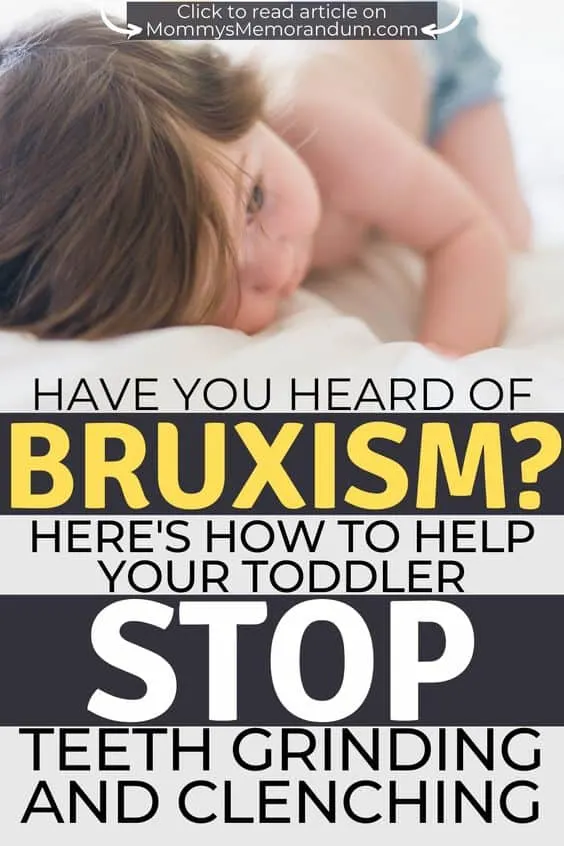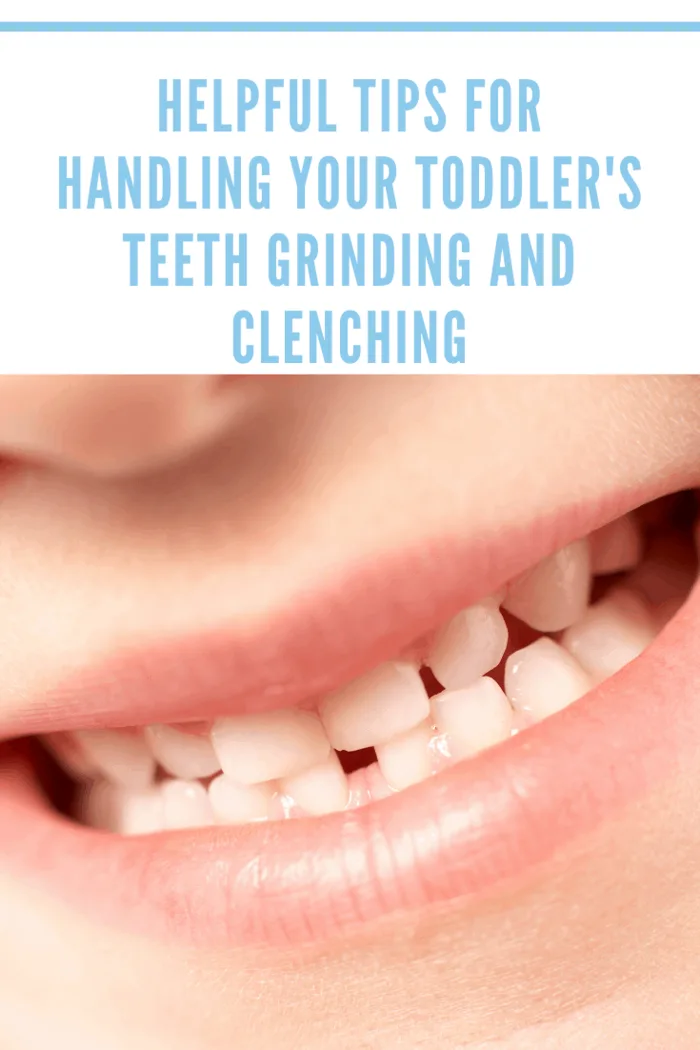Toddler’s Teeth Grinding and Clenching: Causes, Solutions, and When to Seek Help
Imagine it’s a quiet evening, and you’re just about to relax after tucking your toddler into bed. But then you hear it— that unnerving, grating sound, like nails on a chalkboard. Your little one, seemingly peaceful, is grinding his tiny teeth, and your heart sinks. Could this be harmful? Absolutely. Teeth grinding and clenching, known as bruxism, can impact toddlers more than we realize, but there’s good news: with the right approach, you can help protect your child’s precious smile.
Let’s dive into the causes, treatment, and helpful tips for handling toddler’s teeth grinding and clenching.

What Causes Bruxism in Toddlers?
Bruxism isn’t as uncommon as we might think. It can be disconcerting, but the key is understanding why it happens.
According to the American Academy of Pediatric Dentistry (AAPD), nearly 15-33% of children experience some level of teeth grinding.
For some toddlers, it could be anxiety or stress that triggers this habit. You might be surprised to learn that even young children can feel stress. Is your toddler reacting to changes in routine, a new sibling, or perhaps even separation anxiety when left with a caregiver? These stressors, although small to us, can feel overwhelming to them.
In other cases, physical factors like teething, jaw misalignment, or even ear infections might be the culprits. It’s essential to rule these out, so be sure to consult your pediatrician or dentist.

Recognizing the Signs: Is My Toddler Grinding Their Teeth?
Bruxism doesn’t always stop at the grinding sounds. It can manifest in other ways, too. Look out for symptoms like:
- Chipped or worn-down teeth
- Headaches or jaw pain (although it can be hard to spot in a toddler)
- Disrupted sleep patterns
You might also notice your child clenching their jaw during the day, especially when they’re focused or frustrated.
Treatment Options: How to Stop Your Toddler’s Teeth Grinding
Now that you’ve identified the issue, let’s talk about solutions. Here are a few practical tips that can help address toddler’s teeth grinding and clenching:
1. Create a Relaxing Bedtime Routine
One of the most effective ways to reduce grinding is by creating a calm, soothing bedtime routine. The goal is to lower your child’s stress before they sleep. A warm bath, gentle rocking, or reading their favorite story can go a long way toward easing any anxiety they might carry into the night.
2. Use a Pacifier for Comfort
If your toddler is still under three years old, offering a pacifier might help. While it’s not a long-term fix, it can provide temporary relief by reducing the frequency of teeth grinding during sleep. Pacifiers can offer a sense of comfort and relaxation, helping your toddler drift into a deeper, more restful sleep.
3. Consult Your Pediatric Dentist
Don’t hesitate to consult your pediatric dentist for advice. They might recommend monitoring the condition for now, as most toddlers outgrow bruxism as their teeth and jaw develop. However, if grinding persists beyond the toddler years, your dentist might suggest a night guard to protect those little teeth from damage.

How Long Will Teeth Grinding Last?
The good news is that many toddlers outgrow teeth grinding as their mouth develops, typically by the time they’re ready for kindergarten. If your child is still grinding their teeth past this age, it’s a good idea to revisit the issue with your dentist.
In the meantime, keep an eye on any changes in their oral health, such as chipped teeth or jaw discomfort, and continue reinforcing that relaxing bedtime routine.
Encouraging Healthy Sleep and Oral Habits
Now that you know what might be causing toddler’s teeth grinding and clenching, you can take steps to minimize its impact. Remember, creating a peaceful bedtime environment, keeping your pediatric dentist informed, and addressing any underlying stressors can all contribute to protecting your toddler’s smile.
